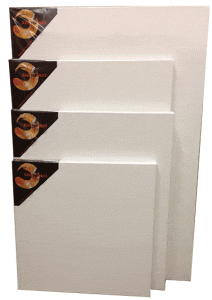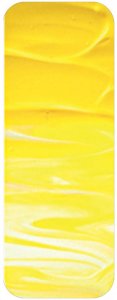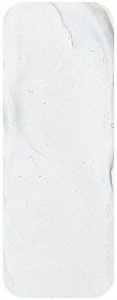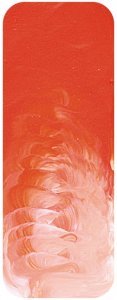Description
"Alpine Green is a clean, warm, grass green sort of colour. It is similar to (although slightly darker than) a colour that was used during the old master period called copper resinate. Copper resinate originated along side the beginnings of oil paint and it can only be used in oil. It is unusual in that the pigment is made by mixing verdigris which is a bright blueish green with venice turpentine which makes the colour go a much warmer and more yellowish green. The old masters valued this colour because it enabled a more natural looking foliage and grass colour. It was used by glazing it over various other colours such as azurite, verdigris, malachite, or ochre. There are only a few examples of it surviving in good condition but they show that it could produce very beautiful effects. Unfortunately in most cases where it was used it has turned brown. It is common to see brown foliage and grass in old master paintings and that is mostly due to the use of copper resinate. The colour had another bad habit - it was so poisonous that it was commonly used as an insecticide. The colour fell out of use in the 17th century because of its bad reputation but not before ruining many otherwise good pictures.
There remained, however, a need for this kind of colour, and many alternatives were tried over the years but they tended to be little better than the original copper resinate pigment. They tended to involved blending blues with fugitive yellows. Reliable green pigments did come on the market during the 19th century but it wasn???t until the 20th century that reliable blends appeared that recreated the colour the old masters liked so much but in a permanent and non-toxic form. Alpine Green is one of those blends. It entered the Matisse range a few years ago as part of the fashion for folk art colours which demanded a wide range of greens but as folk art lost its previous popularity and so folk art colours started to disappear, Alpine Green continued to sell well because all sorts of artists had discovered, just as the old masters had centuries before, that this is a very useful colour for painting landscape. In many ways it could be said to be an ideal colour because it is cleaner than Australian Olive Green but can easily be made more drab by mixing it with Raw Sienna. The same is true with using Alpine Green to replace Australian Sap Green as it is easy to add a little Primary Yellow to Alpine Green to get the Sap Green colour.
Alpine Green can be used to make a wide variety of greens. It can be darkened to make a Hookers Green colour by mixing it with either Transparent Red Oxide or with Raw Umber and mid forest green colours can be made with Raw Sienna or Yellow Oxide. Using Yellow Deep as the mixer produces golden sorts of greens much like early morning sunlight on leaves. Primary Yellow or Cadmium Yellow Medium also make glowing sorts of greens suitable for sunlit foliage and fresh mowed lawns. Eucalyptus leaf colours of various kinds are created with mixtures of Alpine Green with Naples Yellow Light or Australian Ghost Gum or Australian Blue Gum all of which work well with the colour. Back in the man made world colours can be brighter and here Alpine Green shines again. A beautiful range of greens can be made with mixtures of Alpine Green and Permanent Green Light. Considering the versatility and usefulness of this colour it is not surprising that the old masters liked using the older version of this colour. Fortunately the modern version has all the advantages with none of the problems those earlier painters had to put up with.
"








